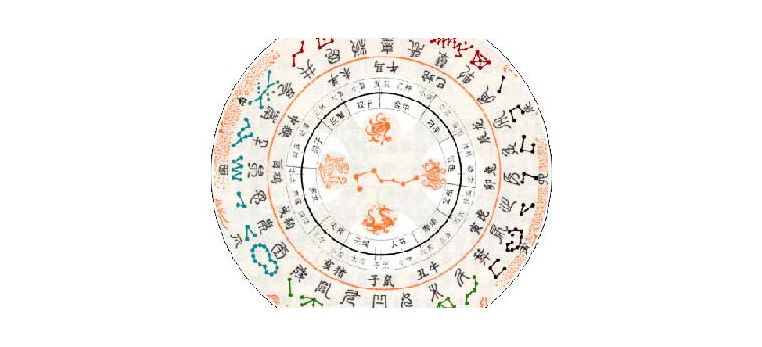
In China, the traditional calendar is known as the "agricultural
calendar" (农历) while the Gregorian calendar is known as the "common
calendar" (公历). Another name for the Chinese calendar is the "yin
calendar" (阴历) in reference to the lunar aspect of the calendar, whereas
the Gregorian calendar is the "yang calendar" (阳历) in reference to its
solar properties. The Chinese calendar was also called the "old
calendar" (旧历) as opposed to the "new calendar" (新历), i.e., the
Gregorian calendar, was adopted as the official calendar.
For more than two thousand years, since the time of Emperor Wu of Han,
the month containing the winter solstice has almost always been the 11th
month. (This means the New Year starts on the second new moon after the
winter solstice unless there is an 11th or 12th intercalary month, in
which case it starts on the third new moon.)
A calendar using this new year is often referred to as "the Xia
Calendar" (夏历), following the Shiji which states that under the Xia
Dynasty, the year began on the second new moon after the winter
solstice. At times under some other dynasties in ancient China, the
month with the winter solstice was the 12th or the 1st month. Because
each month follows one cycle of the moon, it is also used to determine
the phases of the moon.
The Chinese Calendar is the longest chronological record in history,
dating from 2600BC, when the Emperor Huang Ti introduced the first cycle
of the zodiac. Like the Western calendar, The Chinese Lunar Calendar is
a yearly one, with the start of the lunar year being based on the
cycles of the moon. Therefore, because of this cyclical dating, the
beginning of the year can fall anywhere between late January and mid
February. A complete cycle takes 60 years and is made up of five cycles
of 12 years each.